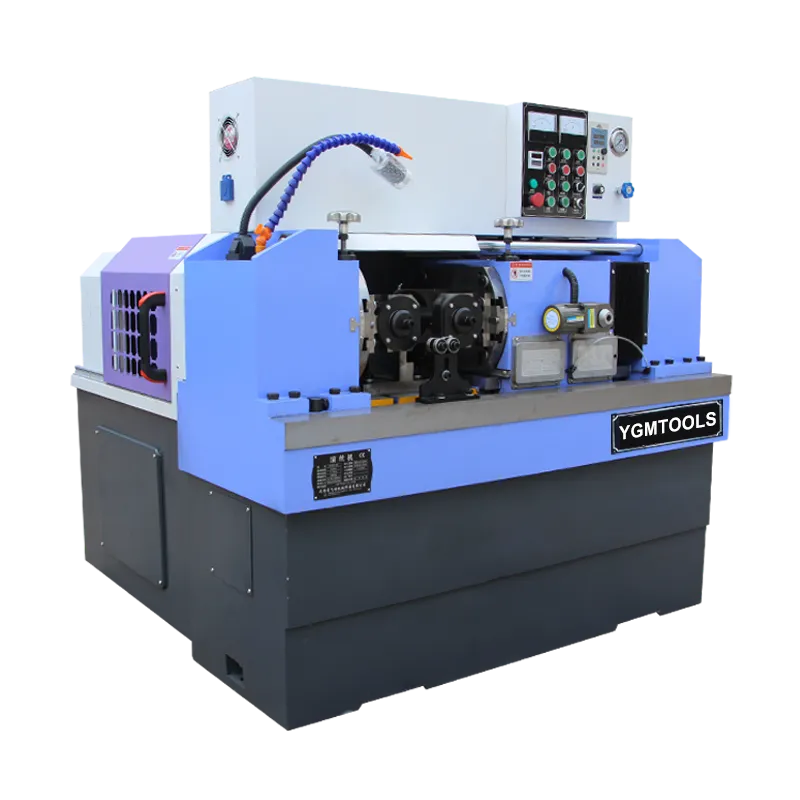
-
 Afrikaans
Afrikaans -
 Albanian
Albanian -
 Amharic
Amharic -
 Arabic
Arabic -
 Armenian
Armenian -
 Azerbaijani
Azerbaijani -
 Basque
Basque -
 Belarusian
Belarusian -
 Bengali
Bengali -
 Bosnian
Bosnian -
 Bulgarian
Bulgarian -
 Catalan
Catalan -
 Cebuano
Cebuano -
 Corsican
Corsican -
 Croatian
Croatian -
 Czech
Czech -
 Danish
Danish -
 Dutch
Dutch -
 English
English -
 Esperanto
Esperanto -
 Estonian
Estonian -
 Finnish
Finnish -
 French
French -
 Frisian
Frisian -
 Galician
Galician -
 Georgian
Georgian -
 German
German -
 Greek
Greek -
 Gujarati
Gujarati -
 Haitian Creole
Haitian Creole -
 hausa
hausa -
 hawaiian
hawaiian -
 Hebrew
Hebrew -
 Hindi
Hindi -
 Miao
Miao -
 Hungarian
Hungarian -
 Icelandic
Icelandic -
 igbo
igbo -
 Indonesian
Indonesian -
 irish
irish -
 Italian
Italian -
 Japanese
Japanese -
 Javanese
Javanese -
 Kannada
Kannada -
 kazakh
kazakh -
 Khmer
Khmer -
 Rwandese
Rwandese -
 Korean
Korean -
 Kurdish
Kurdish -
 Kyrgyz
Kyrgyz -
 Lao
Lao -
 Latin
Latin -
 Latvian
Latvian -
 Lithuanian
Lithuanian -
 Luxembourgish
Luxembourgish -
 Macedonian
Macedonian -
 Malgashi
Malgashi -
 Malay
Malay -
 Malayalam
Malayalam -
 Maltese
Maltese -
 Maori
Maori -
 Marathi
Marathi -
 Mongolian
Mongolian -
 Myanmar
Myanmar -
 Nepali
Nepali -
 Norwegian
Norwegian -
 Norwegian
Norwegian -
 Occitan
Occitan -
 Pashto
Pashto -
 Persian
Persian -
 Polish
Polish -
 Portuguese
Portuguese -
 Punjabi
Punjabi -
 Romanian
Romanian -
 Russian
Russian -
 Samoan
Samoan -
 Scottish Gaelic
Scottish Gaelic -
 Serbian
Serbian -
 Sesotho
Sesotho -
 Shona
Shona -
 Sindhi
Sindhi -
 Sinhala
Sinhala -
 Slovak
Slovak -
 Slovenian
Slovenian -
 Somali
Somali -
 Spanish
Spanish -
 Sundanese
Sundanese -
 Swahili
Swahili -
 Swedish
Swedish -
 Tagalog
Tagalog -
 Tajik
Tajik -
 Tamil
Tamil -
 Tatar
Tatar -
 Telugu
Telugu -
 Thai
Thai -
 Turkish
Turkish -
 Turkmen
Turkmen -
 Ukrainian
Ukrainian -
 Urdu
Urdu -
 Uighur
Uighur -
 Uzbek
Uzbek -
 Vietnamese
Vietnamese -
 Welsh
Welsh -
 Bantu
Bantu -
 Yiddish
Yiddish -
 Yoruba
Yoruba -
 Zulu
Zulu
Exploring Superior Varieties of Thread Rolling for Enhanced Performance and Durability
High-Quality Types of Thread Rolling A Comprehensive Overview
Thread rolling is a vital manufacturing process that converts a round bar of metal into a threaded component through deformation. This technique is widely appreciated for its efficiency and ability to produce high-strength components with excellent surface finishes. It also minimizes waste, as no material is cut away, making it an environmentally friendly choice in manufacturing. The quality of the threads produced is heavily influenced by the type of thread rolling method employed, and in this article, we will explore some of the high-quality types of thread rolling processes commonly used in the industry.
1. Flat Die Thread Rolling
Flat die thread rolling is one of the most common methods utilized in the thread rolling process. In this technique, two flat dies, each containing a thread profile, are used to compress the metal blank. The blank is pushed between the dies, resulting in the formation of external threads. This method is particularly effective for producing coarse threads and is widely used for applications like bolts, screws, and other fasteners. The accuracy and quality of the threads are high, making this method suitable for demanding applications.
2. Circular Die Thread Rolling
Unlike flat die rolling, circular die thread rolling employs cylindrical dies. The workpiece is rotated between the circular dies, which helps in achieving higher precision for both external and internal threads. This method is particularly advantageous for producing small-diameter bolts and screws. The circular die rolling process enhances the mechanical properties of the threads due to the absence of cutting, which tends to weaken the material. The surface finish obtained is superior, making this method a preferred choice for high-quality threaded components.
3
. Rounding Thread Rollinghigh quality types of thread rolling

Rounding thread rolling is a specialized method that creates rounded thread profiles. This type of thread rolling is beneficial in applications requiring smooth and consistent threads to prevent galling and enhance the component's overall performance. Rounded threads are particularly useful in high-stress applications, such as in aerospace and automotive sectors, where strength and durability are paramount. The process improves load distribution and reduces the risk of thread stripping, providing a reliable solution for high-performance components.
4. Multi-Start Thread Rolling
Multi-start thread rolling is an advanced technique that produces threads with multiple starts on the same workpiece. This approach increases the lead of the threads, allowing for faster assembly and increased load capacity. Multi-start threads are beneficial for applications such as lead screws and power screws where quick engagement and disengagement are critical. This method requires precise die design, but when properly executed, it offers exceptional quality and performance attributes.
5. Cold Thread Rolling
Cold thread rolling is a process that occurs at room temperature, which leads to several advantages, such as maintaining the material's original properties and producing high-quality threads with tight tolerances. This method is energy efficient and significantly reduces tooling wear. Cold rolled threads typically exhibit enhanced tensile strength and surface hardness compared to other processes, making it ideal for critical applications in sectors like automotive, aerospace, and industrial machinery.
Conclusion
In summary, thread rolling is a highly effective method for producing high-quality threaded components with remarkable strength and surface finishes. From flat and circular die methods to specialized techniques like rounding and multi-start rolling, each type offers unique benefits tailored to specific applications. As manufacturers continue to seek efficiency and sustainability, thread rolling will undoubtedly remain a popular choice in the production of various components across diverse industries. Understanding the intricacies of these high-quality thread rolling processes allows businesses to choose the most suitable method for their specific requirements, ultimately leading to enhanced product performance and reliability.
